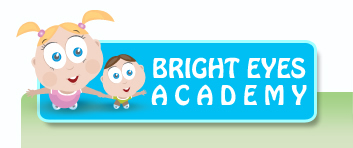Project Work
- can emerge from children’s ideas and/or interest.
- can be provoked by teachers.
- can be introduced by teachers knowing what is of interest to children: shadows, puddles, tall buildings, construction sites, nature etc.
- should be long enough to develop over time, to generate new ideas and questions, to negotiate over, to revisit, to see progress and movement of ideas.
- should be concrete, based in real life experiences important to children.
- should be “large” enough for diversity of ideas and rich in interpretive/representational expression.
Media
Through exploration and manipulation of a rich variety of multi-sensory materials children learn skills that help them represent their knowledge, experiences and understanding of the world around them.Exploration first: “What is this material?” “What does it do?” before “What can I do with the material?”
Sensory development: materials should have variation in colour, texture and pattern; help children “see” the colours, tones and hues; help children “feel” the texture, similarities and differences.
Should be presented in an artistic manner and should be aesthetically. pleasing to look at, it should invite touch, inspire curiosity and investigation.
Should be revisited over many projects to help children see the possibilities.
"They [children] are autonomously capable of making meaning from their daily life experiences through mental acts involving planning, coordination of ideas, and abstraction.... The central act of adults, therefore, is to activate, especially indirectly, the meaning-making competencies of children as a basis of all learning. They must try to capture the right moments, and then find the right approaches, for bringing together, into a fruitful dialogue, their meanings and interpretations with those children."
(Loris Malaguzzi (1920-1994), Italian early childhood education specialist. Quoted in The Hundred Languages of Children, ch. 3, by Carolyn Edwards (1993).)
Read more quotations about / on: children, together, life

